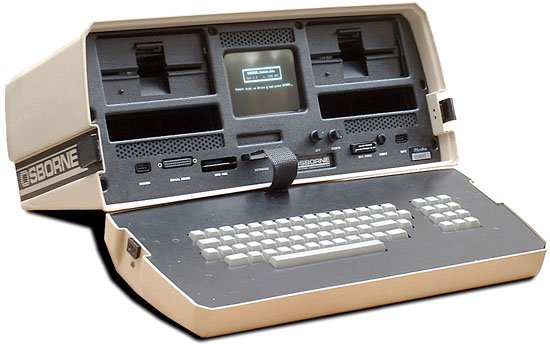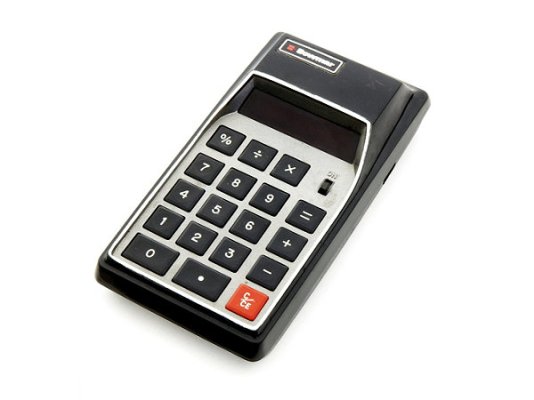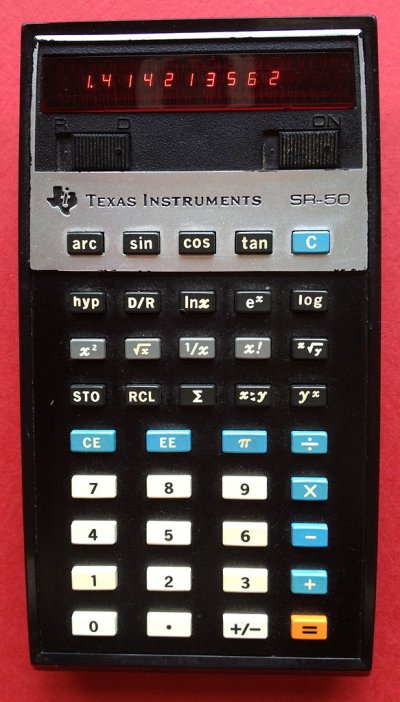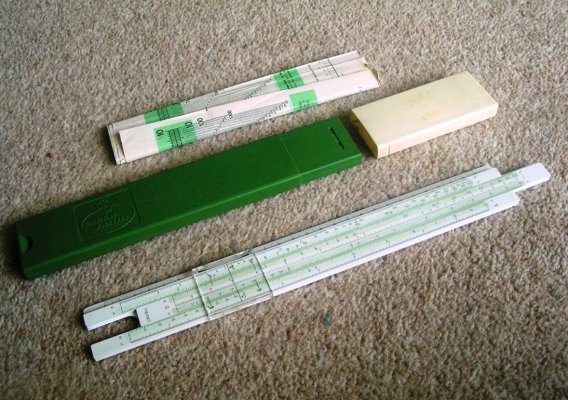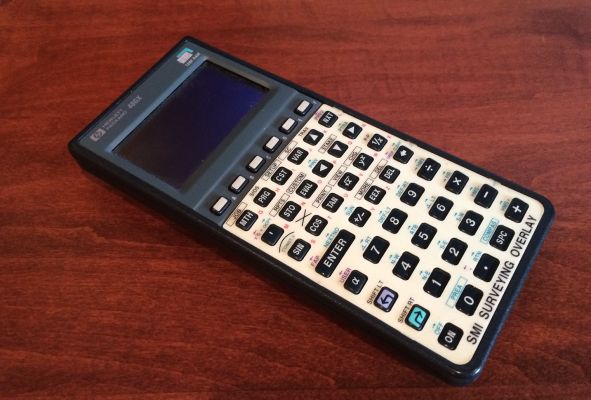I have an assortment of early computer memories, some of them similar to those mentioned here already.
First, as a high school student in the late 1970s, we dialed into BOCES' central computer system using actual rotary phones and models we would stick the handset into after we heard the "handshake" tone at the other eand. If someone accidentally touched the phone after it was plugged in, the transmission would get messed up. Our 2 terminals were continuous-feed paper coming from boxes beneath the terminal. We learned BASIC and I wrote a bunch of programs. This is when I began to enjoy programming and it would become a key part of my (former) career.
The school also bought a Commodore PET PC which was not connected to the BOCES system. It was small but still pretty cool to an impressionable HS student like myself.
In college, we had a computer center I went to so I could write my programs and print them out and run them. At least we were passed the punch-card era which wasn't that long before I got there in 1981.
A friend of mine, Bob, had a PC, an old ATARI system. He had to use a cassette player to load some programs. My favorite was a Star Trek game written in BASIC. It was slow to load and run but fun to play. Bob figured out how to make the game a little tougher by changing a few lines of BASIC code.
In 1983, I became a "computer counselor" at a day camp I worked at that summer. This consisted of hauling out from a nearby storage closet 4 large color TV monitors along with 4 keyboards and 4 cassette tape players to load some software. For the younger kids, we stuck some game cartridges in the back so they could play, sitting 3 kids at each workstation. For the older kids, I taught them some BASIC so they cold write a few simple programs. Not only did this look good on my resume, I used that experience when I taught SAS to coworkers in the later 1980s and into the 1990s.
Early in my working days starting in the mid-1980s, we had mainframe-only terminals and a few scattered PC-only terminals with one person having a terminal which could do both, useful if we needed to download or upload something from one to the other. The diskettes were those 5 1/4 floppies but it wasn't long until the smaller 3 1/2 diskettes came into being. Some of the PCs had both types of disk drives which was crucial for those of us who needed to copy files from the older, soon-to-be-obsolete floppies to the smaller, newer ones. Eventually, the newer PCs which came in had disk drives only for the 3 1/2 diskettes. I remember when the company bought some laser printers and how wonderful that was. But the old Lotus 1-2-3 (Version 2.1) software could not print landscape easily so we had to use something called "Allways" to print landscape. A later version of Lotus (for DOS) had something called WYSIWYG (What You See Is What You Get) which enabled us to more easily print Landscape.
My parents got an old Commodore 64 some time in the 1980s, one you had to attach to a TV. It had a disk drive for a 5 1/4 floppy. I could program BASIC on it but do little else. They also bought a dot-matrix printer, an OKIDATA 180. I still have these items.
And those are my earliest computer memories.

